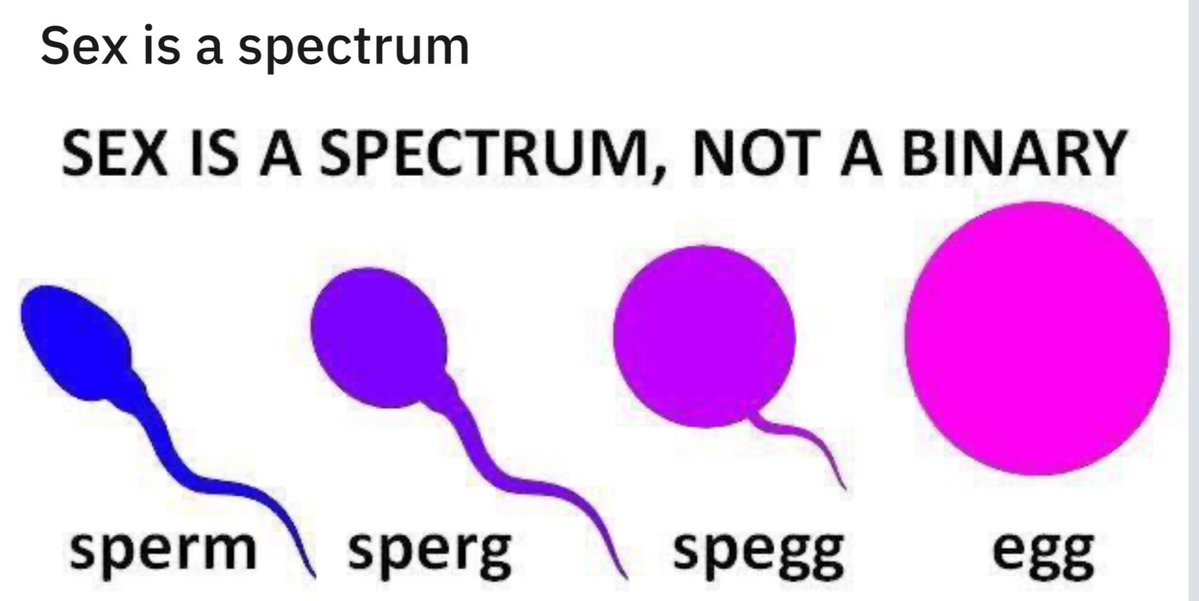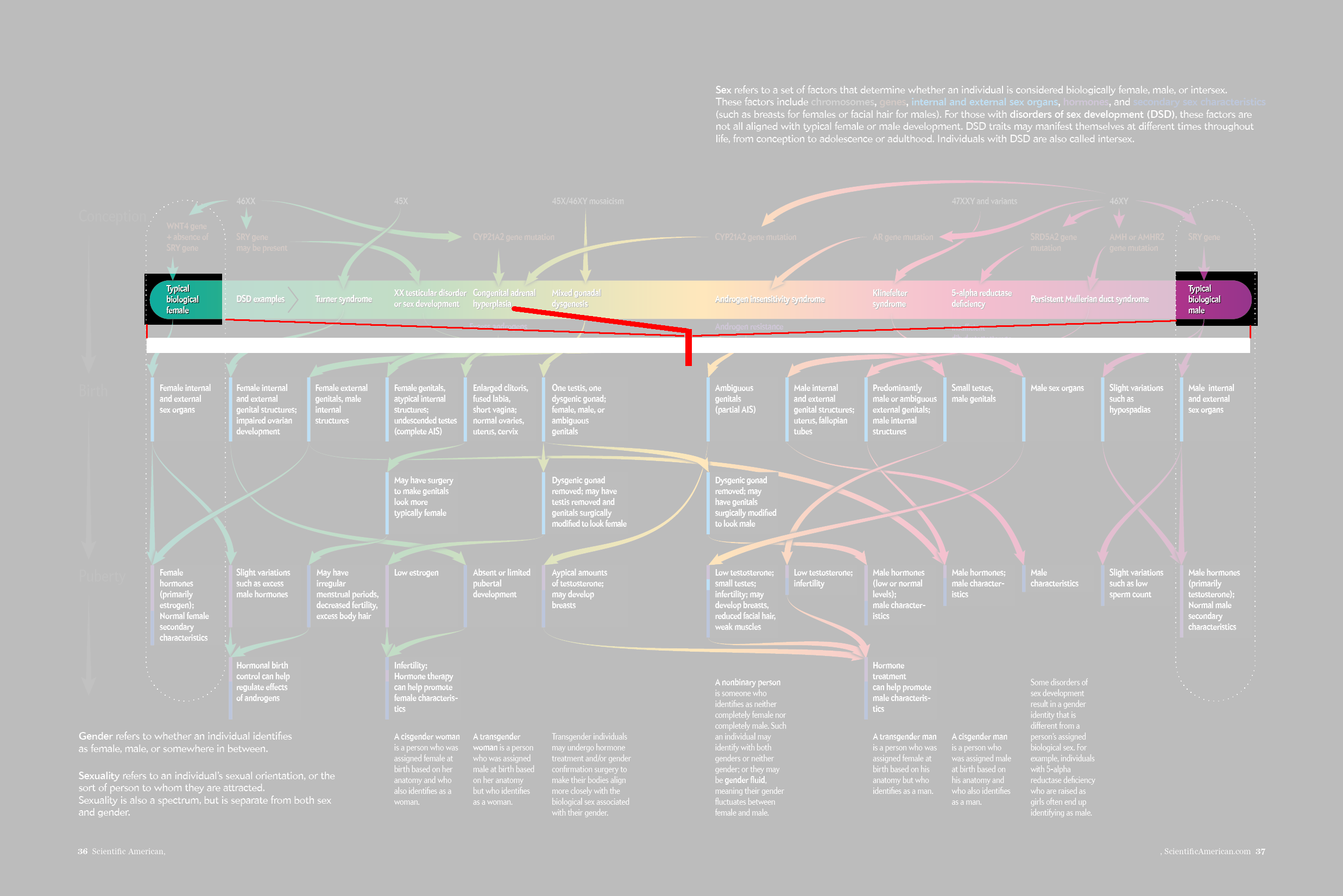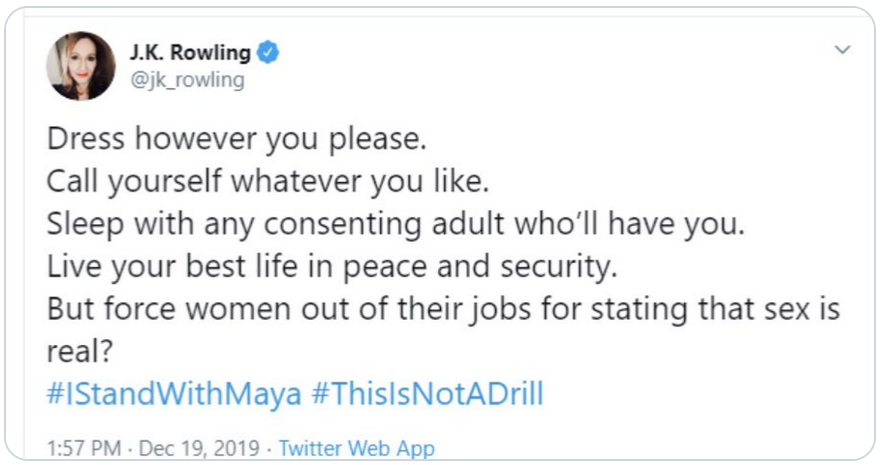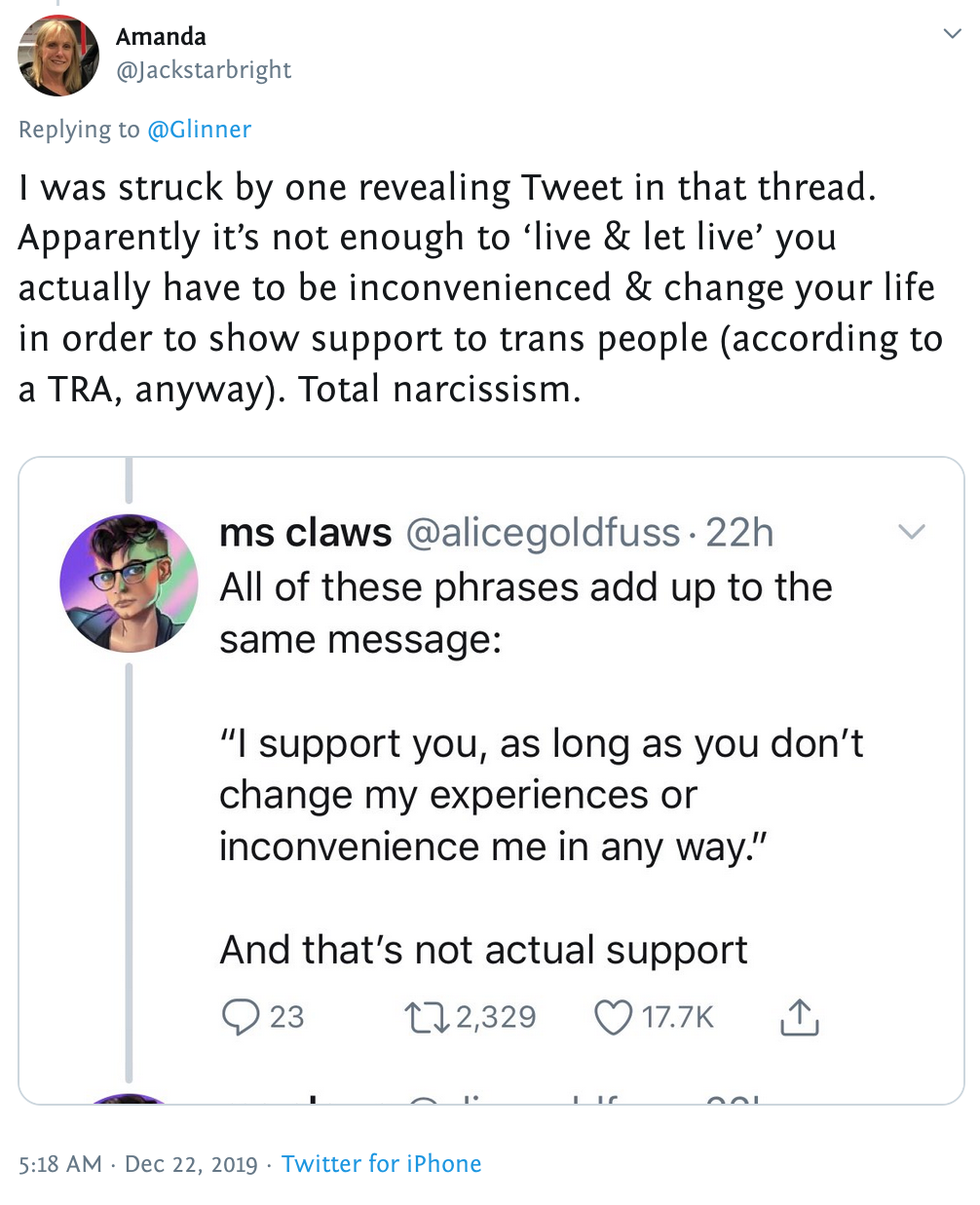It’s insanity to try the same failed thing and expect a different outcome. So the pro-nuclear crowd seems to be trying a variant. They’re not crazy, calling nukes a success, because Fukushima’s reactors aren’t failures.
I’m seeing stuff like: “Oh, but it’s only in earthquake zones that nuclear can be a bit of a problem — and then only a teeny tiny one!” “Oh, stop bellyaching about radiation. There’s less of it than flying cross-country.” “Oh, yes, some of the fuel melted, but it was only a teeny tiny bit. And look! It didn’t turn into the worst disaster imaginable! Nuclear energy is a success!”
Um, how should I put this politely? If nuclear energy is so disaster-prone that an absence of catastrophic failure can be construed as success, then we really, really, really don’t want to use nuclear energy.
Anti-nuclear as I am, I would set the bar for success higher than that. If everything goes right, nukes can produce energy for a few decades without blowing up. It’s also true that if everything goes right, little radiation escapes.
If everything goes right.
Reactors are hugely complex technology with hundreds of potential failure points. Whether it’s an earthquake, tsunami, hurricane, rust, power failure, human error, terrorist smuggling, or poor interface design — there are hundreds of different cascades of events that can destroy multiply redundant backup systems and end in disaster. What will fail in any given case will be different.
The important issue is not whether there could be an earthquake here or an erroring human being there. The important issue is that such a hugely complex system has hundreds of ways to fail. It can never be safe.
Sometimes, when there’s no other way to do something vital or fascinating, it’s worth doing despite the risk. The space program is one example.
Nuclear energy, on the other hand, is an expensive way to run vast risks that are totally unnecessary.
There’s an expanded list of the points below, but here’s the summary. ■ Useful uranium stocks will run out about the same time as or shortly after oil. ■ The plants take so long to build, it’s physically impossible for them to be an actual solution to energy shortages. ■ They will, however, provide a waste problem forever.
These things are all facts of the simple, do-the-math variety. Uranium is finite. Plants take ±five years to build. Half-lives of radioactive elements are known to the femtosecond.
And then comes the biggest fact of all: NUCLEAR ENERGY IS NOT OUR ONLY CHOICE.
For 2% of global GDP (pdf) we could switch over, by 2050 (pdf), to efficiency, solar, wind, and other sustainable, renewable, and clean energies. And that’s for ALL our energy needs. (Nuclear, in contrast, has no realistic chance of even maintaining it’s current contribution, as you can see in the details below.)
Two percent of your income, if you make a median per capita US income of about $24,000, is $480. That’s less than many people in the US spend on phone bills.
For less than the yearly cost of a phone, we could have a world that’s not going to hell in a handbasket. So the choice is obvious, right?
Let’s all pile into the handbasket.
If you’re like me, you boggle that anyone supports a total loser proposition like nuclear power. What is wrong with these people? Are they nuts?
Well, yes and no. Remember that it costs some $10 billion to build a reactor. That gets paid to somebody. That somebody is getting that huge pile of money, risk-free, courtesy of taxpayers. What’s not to like?
The radioactivity? The waste? The unnecessary risks? The small amount of actual power produced? Somebody else’s problem. The billionaires pushing the boondoggle don’t plan to live downwind.
For the sake of raking in megabucks now, everybody else in time and space can be damned.
Is that insane?
Yes.
+ + +
This repeats what I keep pointing out (1, 2, 3, 4, 5). Although newer information shows that nukes are more expensive than I’d read before, and the Stanford and UN studies linked above provide even more proof that a rational energy policy is both doable and affordable.
- Nuclear reactors don’t get built unless taxpayers pick up the financial risk and the accident risk. That should tell you something about how safe reactors are, financially and physically.
- It takes about five years to build a gigawatt reactor, and costs some $10,000,000,000 — ten billion — each.
- To replace the current US stock of aging reactors, all 104 of which will need to be phased out before 2050 means a new reactor has to be built every four to five months for the next fifty years.
- To get more energy via nukes than they provide now, more plants must be built. To get just one seventh of the energy needed in 2050 from nukes means a new gigawatt reactor would have to be built every month.
- If we actually ramped up nuclear energy production to that extent, we’d run out of recoverable uranium in fifty to one hundred years. (In what universe is trading one expensive, polluting, nonrenewable resource for another one a sane idea?)
- No, breeder reactors are not a solution, including the new ones that go by cuter names. They generate more total waste, and much more dangerous waste. And they’re much more vulnerable to weapons proliferation issues. How many Pakistans do we want in exchange for radioactive, non-renewable, and insufficient power?
- No, fusion is not a practical or current solution. It’s not even working sustainably in labs yet, forget production facilities. It has its own radioactive waste problems.
- The waste from reactors needs to be carefully stored and avoided for many times longer than all of human history. Somebody will be paying that price in wealth or health long after nuclear power isn’t producing any usable energy.
- The worst reactor waste, the spent fuel rods, is now stored in “temporary” pools on site because nobody wants the permanent storage anywhere nearby.
- None but the very smallest and earliest plants, those that could be disposed without taking apart the reactor vessel, have been decommissioned. Estimates (when not from the nuclear industry) are that decommissioning may cost even more than building the things in the first place. There’s also nowhere to store that waste. (See previous point.)
- And, finally, nuclear is not our only choice. We don’t have to suffer. There are alternatives. The alternatives are cleaner and cheaper. The only ones who lose are the billionaires deprived of short-term taxpayer-funded pork.
 Print This Post
Print This Post




 Print This Post
Print This Post







-Library-of-Congress.jpg)







